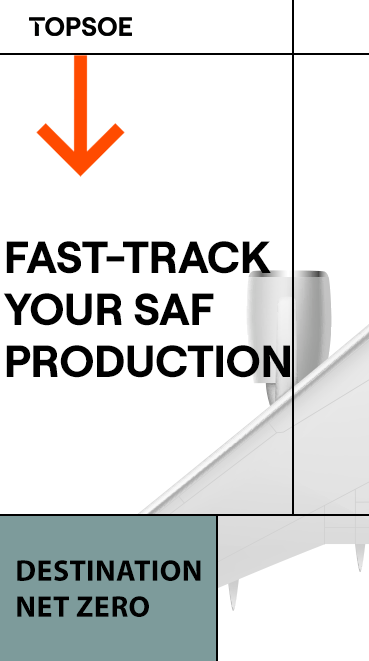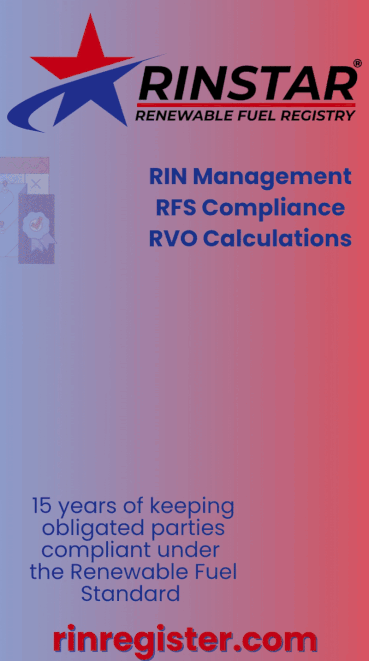Cheyenne renewable diesel unit fully operational, but HollyFrontier takes start-up slow
- Ron Kotrba

- Feb 24, 2022
- 2 min read

HollyFrontier Corp. CEO Mike Jennings said during a Feb. 23 earnings call that its renewable diesel unit (RDU) in Cheyenne, Wyoming, is “fully operational” and the company is “lining the unit out to produce on-spec product.” The Cheyenne RDU can produce 252,000 gallons per day, or a theoretical maximum of approximately 90 million gallons a year (mgy).
Although the unit is fully operational, HollyFrontier is taking its time before attempting to hit its full run rate.
“We’re being very careful in how we start these units up,” said Rich Voliva, chief financial officer of HollyFrontier. “Obviously we’ve seen others have major issues, so we’re babying them, if you will, so we have earning power over the next several years.”
Tom Creery, president of HollyFrontier Renewables, added that they are taking the approach to start-up “slow” and “right” so the company only has to “do it one time.”
Construction on HollyFrontier’s 125 mgy Artesia, New Mexico, RDU is expected to be complete in the second quarter of this year, Jennings said, and the feedstock pretreatment unit being built on the same site is on track to be done by end of March.
The company expects to break out a new renewables segment sometime this quarter, which will contain all financial information related to the RDUs in Cheyenne, Wyoming, and Artesia, New Mexico, as well as the pretreatment unit in Artesia. Although closing on the Sinclair acquisition has not yet occurred, Sinclair’s renewable diesel capacity in Wyoming will add another 117 mgy to HollyFrontier’s renewable portfolio. Sinclair’s pretreatment unit for its 117 mgy facility is expected to be operational in the second or third quarter of this year. HollyFrontier is anticipating between $225 million and $300 million in renewables capital spending this year.
On the feedstock front, Creery said HollyFrontier is having “no problem whatsoever acquiring feedstock” for the Cheyenne and Artesia RDUs as well as the Artesia pretreatment unit. The company has secured “some volumes” into next year and, as Creery said, it doesn’t “foresee any problems going forward. We will continue to buy feedstock with the highest return by balancing price versus carbon index.”
Creery added that HollyFrontier is currently tracking roughly 20 soybean processing plant investment opportunities, including long-term offtake agreements and equity investments, and active discussions are underway with possible counterparties.
“There’s no shortage of crush-plant announcements,” Creery said, “and we’re trying to touch base with [all of them].”
The company is looking at such vertical-integration investments into soybean-processing facilities as “more of a hedge,” Voliva said, “but so far we’re not seeing returns clearing any hurdles,” which makes outright offtake agreements for feedstock more attractive, he added.




























-RKstandin.jpg)





